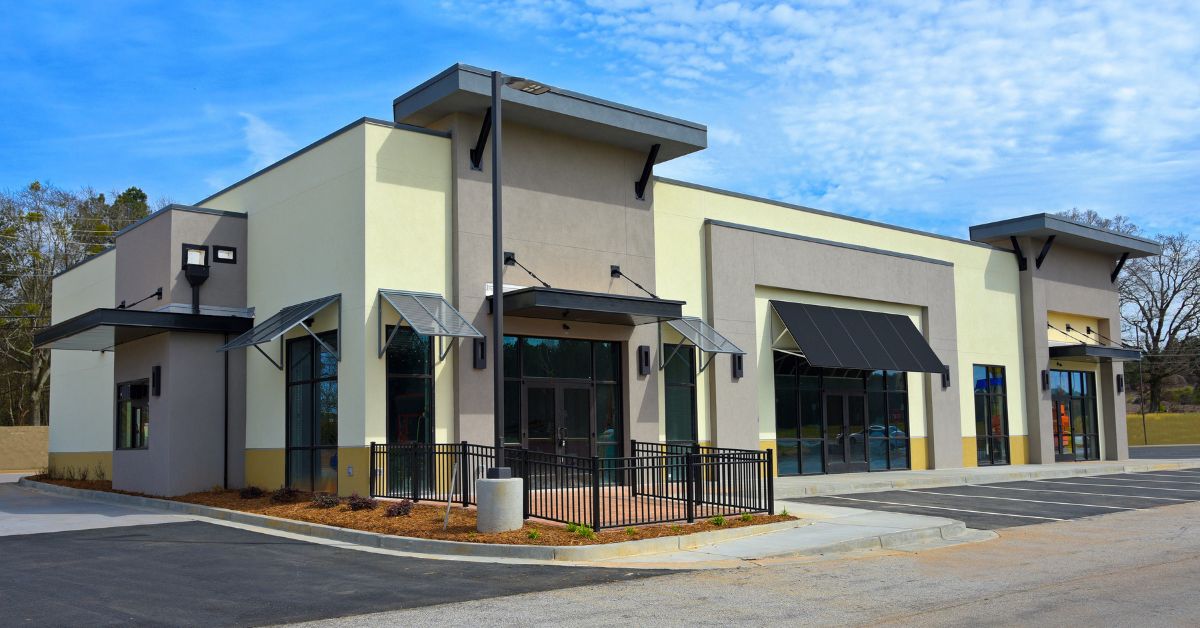How Commercial Buildings Contribute to Climate Change

Jam-packed with the hustle and bustle of everyday life, commercial buildings hum with life. But they also emit a significant stream of greenhouse gases that have a direct impact on our environment. While the scale of the issue might appear overwhelming, it’s crucial for building managers and those in the environmental sphere to comprehend the depth of the issue and take actionable steps toward a sustainable future. Read on to learn how commercial buildings contribute to climate change and how you can mitigate their impacts!
Factors Contributing to Climate Change
One of the primary contributors to climate change from commercial buildings relates to their reliance on traditional energy sources. Buildings often use electricity generated from fossil fuels like coal, natural gas, and oil, which release a high amount of carbon dioxide and other harmful pollutants into the atmosphere. Furthermore, outdated HVAC systems, poor insulation, and inefficient lighting add to commercial buildings’ excessive energy consumption and emission rates. Finally, poor plumbing design and inefficient restroom fixtures significantly contributed to water waste, an often ignored but troubling aspect of climate change.
Challenges Faced by Building Managers
Building managers face a multitude of challenges in mitigating the impact of commercial buildings on climate change. One of the key obstacles is the financial aspect, as upgrading to energy-efficient systems or renovating older buildings to improve insulation and energy use can require a substantial initial investment. There’s also the challenge of navigating through complex regulations and guidelines to reduce emissions, which can be both time-consuming and overwhelming.
The pressure to maintain daily operations without interruption while implementing these changes can further complicate the process. There’s a critical need for building managers to not only stay informed about the latest in green technology and architectural design but also to become champions of sustainability, leading the way toward reducing the carbon footprint of commercial buildings.
Solutions for Mitigating Climate Impact
A multi-pronged approach is essential to effectively mitigate the negative impacts of commercial buildings on climate change. First, investing in renewable energy sources such as solar panels, wind turbines, or geothermal systems can drastically reduce a building’s reliance on fossil fuels, thereby lowering greenhouse gas emissions. These energy sources, while requiring an upfront investment, offer long-term savings and a smaller carbon footprint. Additionally, automating buildings with smart technology can further enhance energy efficiency. Smart sensors and IoT devices can monitor and adjust lighting, temperature, and energy use in real time, ensuring buildings operate at peak efficiency without wasting resources.
Another critical solution involves retrofitting existing structures with green building materials and technologies. This can include upgrading energy-efficient windows, improving insulation, and installing green roofs or walls that provide natural insulation. Green roofs also help manage stormwater, reduce urban heat islands, and improve air quality. Furthermore, encouraging behavior change among occupants is vital in reducing energy consumption. Consider implementing specific bathroom design tips to reduce toilet water waste in your commercial facilities.
Navigating the complexities of how commercial buildings contribute to climate change reveals that concerted efforts across technology, design, and human behavior are imperative. By understanding and addressing the many ways in which commercial spaces impact our planet, building managers, occupants, and stakeholders alike can pioneer a shift toward sustainability.





